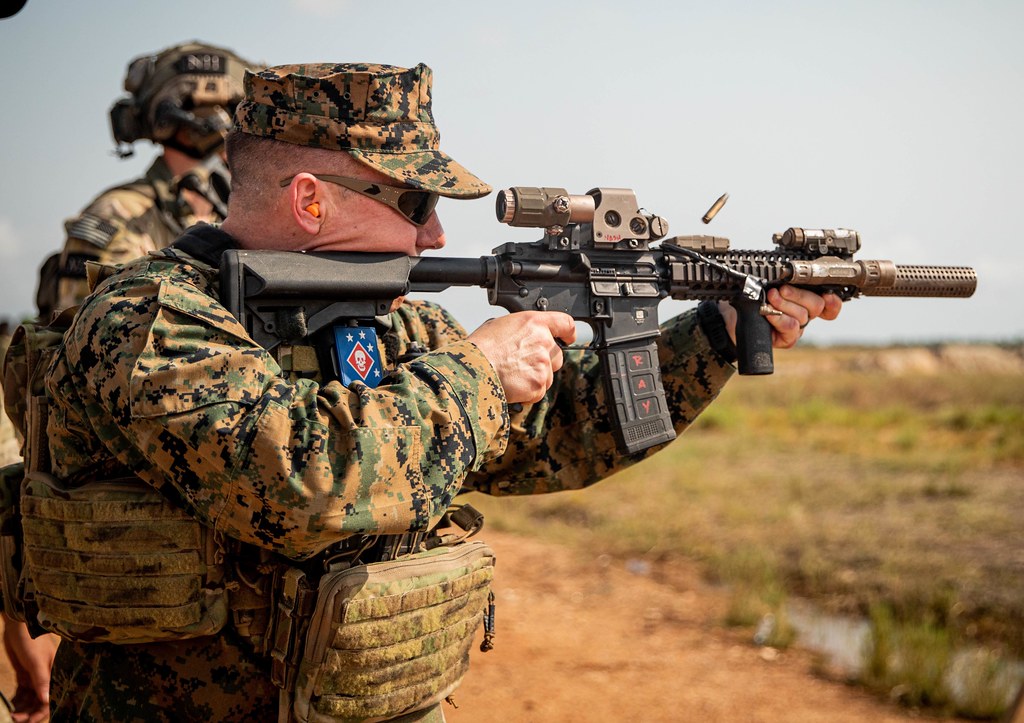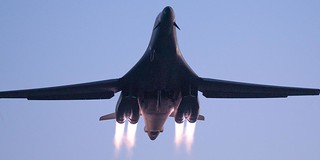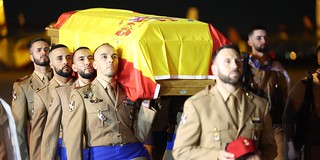The aesthetic and psychological function of the camouflages used by the armed forces
The appearance of camouflage fabrics in armies was due to a need typical of the battlefield: to go unnoticed.
When the priority was to look elegant on the battlefield
That desire to go unnoticed in wooded combat environments was not sudden. Until the 19th century, the military uniform had a purely aesthetic function. Both armies and their different military units used their uniforms as a sign of distinction. The uniform was, basically, an elegant way of going to war and being seen by the enemy. This aesthetic function became a true brand for some armies: there are examples of the red coats of the British Army, the blue uniforms of the US Army and the gray uniforms of the Confederate Army, or the famous white kepis of the French Foreign Legion.

Nowadays it may seem stupid to us that soldiers went to war wearing colors that made them easy targets, but back then the aesthetic function of the uniform had an important psychological effect. A well-uniformed army gave a solemn and impressive image. That he was seen from a distance did not matter, on the contrary: that impressive presence had to instill respect and fear in the enemy, in addition to helping to raise morale in the ranks themselves.

The need to go unnoticed in the two world wars
At the beginning of the 20th century, those colorful uniforms began to give way to brownish, greenish and dull tones, more suitable, for example, for the terrible trench fighting during the First World War, to which the French soldiers still came with red caps and pants. The Second World War was the first great historical moment of camouflage uniforms, worn by British and Polish paratroopers and by German Waffen SS soldiers. Aesthetics gave way to concealment.

Post-war camouflages
However, it took some armies a few years to incorporate camouflage into their field uniforms. One of the pioneers was the British Army, which introduced its famous DPM camouflage in the 1960s. Although "Tiger Stripe" camouflage was occasionally used in the Vietnam War (by the Special Forces) and then the ERDL, the US did not massively introduce its M81 camouflage, popularly known as "Woodland", until 1981.

The "Woodland" ended up popularizing camouflage in the uniforms of Western countries. The Gulf War (1990-1991) popularized the DBDU desert camouflage, introduced by the US in 1981 but which was not widely used until that war. A race then began to search for better camouflages. In 1990 Germany had introduced a mimetic pattern that is still active today and is very popular, the Flecktarn. The US introduced a new desert pattern in 1991, the DCU, used by its soldiers in Somalia and at the beginning of the Afghanistan and Iraq wars. In 1997 Canada introduced CADPAT, the first pixelated camouflage used operationally.

The rise of pixelated camouflages
Given the success of CADPAT, the US Marines introduced the MARPAT pixelated camouflage in 2001, a pixelated pattern with two variants, wooded and desert, which entered service four years later. It is still active and is a very popular camouflage. Its success was such that in the following years, other branches of the US Armed Forces introduced their own digital camouflages, since the Marines had patented MARPAT and did not give it to anyone: in 2005 the Army introduced the UCP (a grayish-looking camouflage), in 2007 the Air Force introduced the ABU (similar to the UCP but with shapes that evoked the "Tiger Stripe" of the War of Vietnam) and starting in 2009 the Navy introduced the NWU Type I, the AOR 1 and the AOR2, the latter two being very similar to MARPAT.

The popularization of Multicam and its derivatives
The UCP and ABU camouflages did not work well in Afghanistan and, as a consequence, the US Army and the US Air Force ended up adopting the Multicam multi-scenario pattern, which had already become very popular among combat groups. special operations. It is the most popular military camouflage today in the West, with many variants in different armies. Spain is working on its own variant that will be presented in 2004.

The aesthetic function of camouflage today
Today there is an impressive diversity of camouflage patterns. Each army seeks the pattern most appropriate to its needs and environment. The priority seems to be to find the most effective camouflage for concealment purposes, but this is not always the case. When the US Army chose the UCP it was not so much for its effectiveness (the Multicam, which was already available at that time, was better) as for its aesthetics. Even in the times of camouflage, field uniforms continue to have a very important aesthetic function, especially in those countries that have professional armies. In fact, one of the reasons for the US Marines to patent the MARPAT was precisely aesthetics, or rather the effects that this function has on the uniforms.

The impact of camouflage on troop morale
Among these effects are two very important ones: the ability to attract new soldiers and its impact on morale. The first of these effects is, perhaps, the main reason the Marines do not share the MARPAT with other branches of service: their camouflage is very nice and there are people who enlist in the Marines because of it , among other reasons. In itself, the USMC has a prestige that it has ended up associating with that camouflage pattern: MARPAT has become an important part of the Marines' brand image.

On the other hand, the moral effect of a camouflage pattern has to do with the importance that human beings give to clothing. Our way of dressing is a means of relating to others, of transmitting to them our tastes and our way of being, and even our state of mind. A beautiful camouflage pattern has positive effects on soldiers' morale, leading to better identification with their mission and their branch of service.
The imitation effect of certain camouflages
In addition to the effectiveness of camouflage, its aesthetic dimension is often what generates its imitation by other countries. An example of this can be seen in a camouflage that was used in an environment in which a mimetic pattern is not usually very useful. The US Navy's NWU Type I, a pixelated pattern of blue tones, was a camouflage of dubious usefulness outside or even on a ship (which is why it has been replaced by AOR2), but Its appearance was very beautiful and that explains, in part, why other countries have imitated it, including communist China.

How is it possible that a blue camouflage has had such an imitation effect? As demonstrated by the study "Color Psychology" by Eva Heller (2004), blue is the most popular color (46% of men and 44% of women indicated it as their favorite color ), and transmits ideas such as seriousness, harmony and fidelity, among others.
Obviously, many armies take these issues into account when choosing camouflage. The degree of effectiveness of two different camouflages may be questionable, but if one of them is ugly and generates rejection among soldiers, the result would be a well camouflaged army but with a uniform that degrades the morale of the troops. It is worth taking these issues into account, especially because the uniform is a very important part of the image of an army, and with it ideas are transmitted no less important than the ability to go unnoticed in the battlefield.
|
Don't miss the news and content that interest you. Receive the free daily newsletter in your email: |
- Most read
- US F-35A fighters flying with Polish F-16s over Poland at a time of great tension
- The brutal 'touch and go' of a Lufthansa Boeing 747 at Los Angeles Airport
- The deployment of Spanish soldiers of the Regulars and BRILAT near Russian territory
- Eurofighter vs F-35: the opinions of professional pilots on these advanced fighters
- The firearms used by the Pontifical Swiss Guard, the smallest army in the world
- Sierra Army Depot, a huge United States base with hundreds of Abrams tanks stored
- The loading of two Spanish CH-47F Chinook helicopters on a Ukrainian Antonov An-124

 ES
ES







Opina sobre esta entrada: